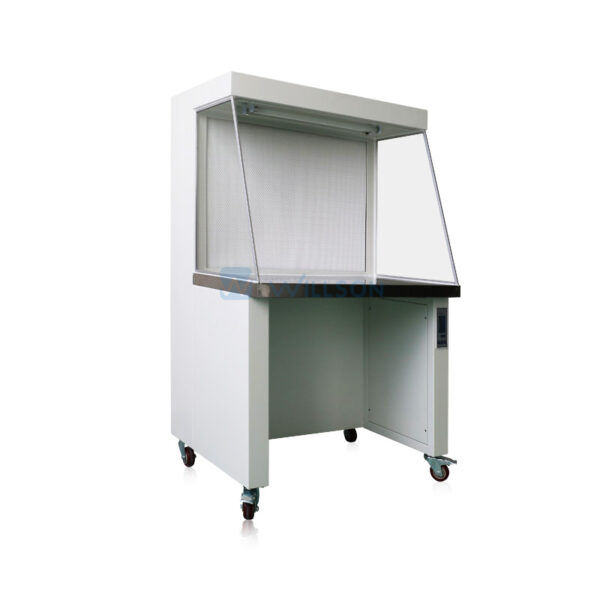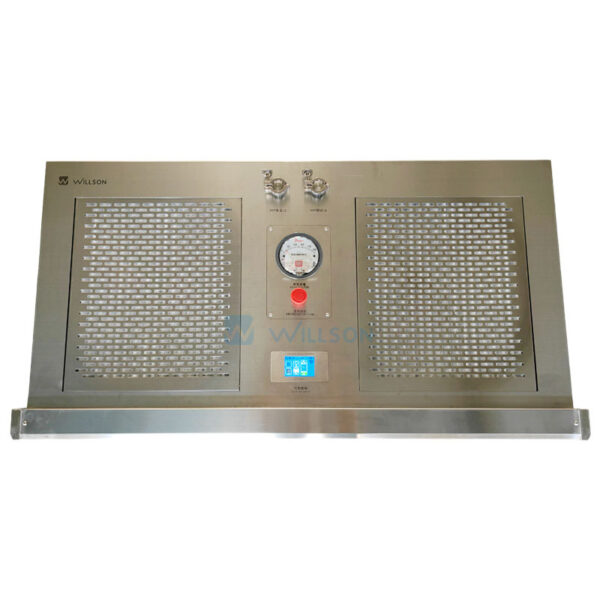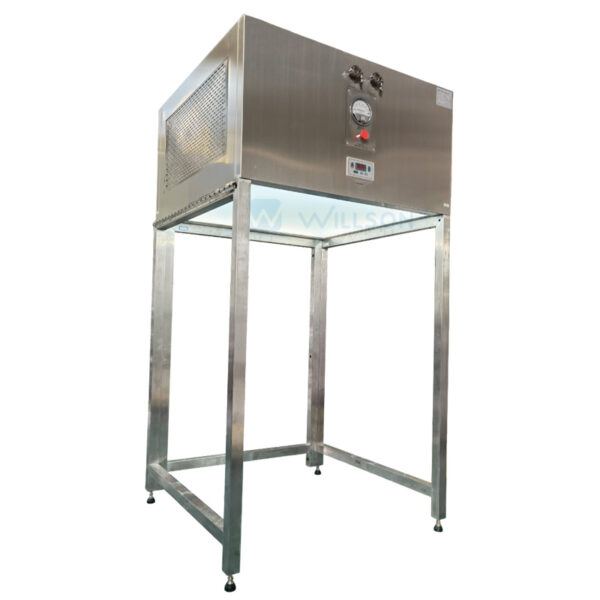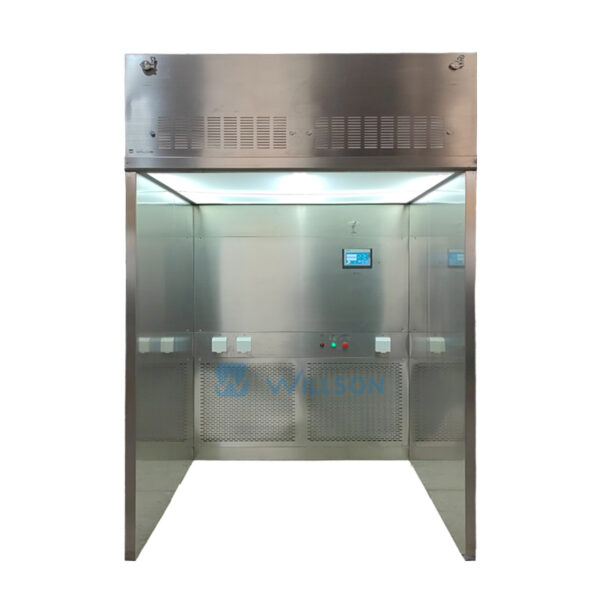Laminar Air Flow Devices & Equipment and Their Applications
Introduction to Laminar Air Flow (LAF) Devices or Equipment
When it comes to laminar air flow (LAF) devices or equipment, we must know first what is the laminar air flow. Laminar air flow, also called as unidirectional air flow, refers to a streamlined flow of air in which the air moves in parallel layers, with minimal disruption between them. This type of flow is characterized by smooth, consistent, and orderly motion, as opposed to turbulent flow, where the air moves chaotically.
Types of Laminar Air Flow (LAF)
There are two types of laminar air flow, horizontal laminar air flow and vertical laminar air flow, as almost all LAF devices or equipment adopt such two types of supply air modes.
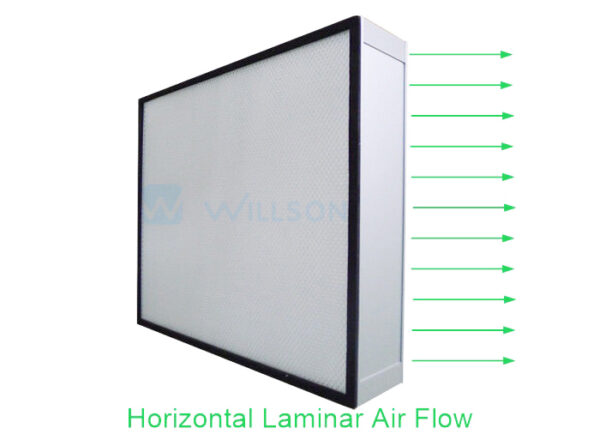
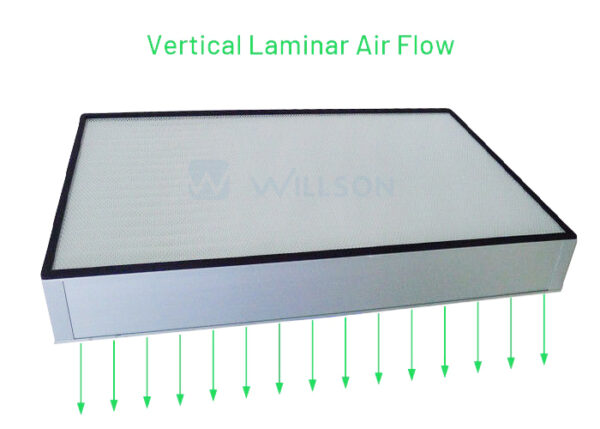
Laminar Air Flow Devices or Equipment
Laminar air flow (LAF) devices or equipment are integral components in environments where air purity is paramount. These devices or equipment provide a continuous flow of filtered air in a unidirectional stream, ensuring that airborne contaminants are effectively controlled. The primary function of LAF systems is to maintain a contaminant-free environment, which is crucial in various scientific, medical, and industrial applications.
First let us see horizontal laminar air flow device
Horizontal laminar air flow device directs air from the back of the cabinet towards the operator. This configuration is particularly effective in applications where the risk of contamination from the operator is minimal.
The key benefits include:
- Uniform air distribution: Ensures consistent airflow across the work surface.
- Operator comfort: Reduced air turbulence makes these units more comfortable to work with over extended periods.
Vertical Laminar Air Flow and Vertical Laminar Air Flow Devices or Equipment
In real-case applications, the horizontal laminar flow devices are less used compared with vertical laminar air flow devices or equipment. Vertical LAF devices or equipment include clean bench, ceiling-monted or suspended LAF hood, self-standing LAF hood, reverse laminar air flow (RLAF) booth or dispensing booth, etc.
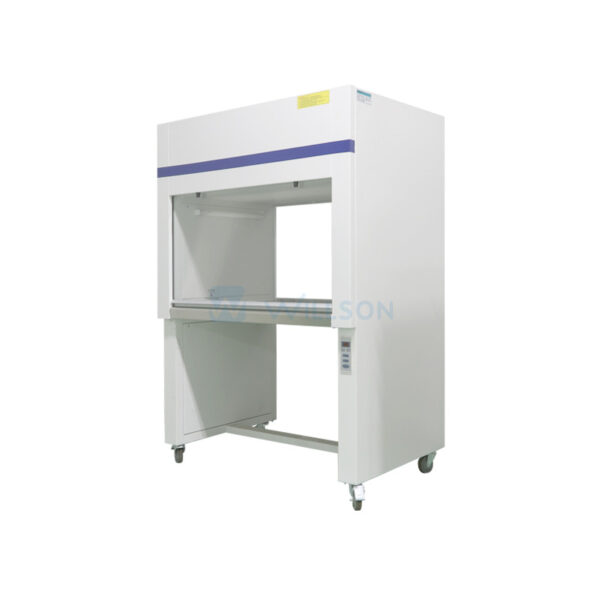
Vertical Laminar Air Flow Clean Bench & Workstation
Vertical laminar air flow devices or equipment directs air from the top of the cabinet downwards. This type is more effective in protecting the work area from contamination by the operator.
Key advantages include:
- Enhanced contamination control: Ideal for applications requiring a higher level of cleanliness.
- Flexibility: Suitable for various tasks, including those requiring larger equipment within the airflow path.
Key Components of Laminar Air Flow Devices or Equipment
- HEPA Filters
High-Efficiency Particulate Air (HEPA) filters are critical components in LAF devices or equipment. These filters are designed to trap 99.97% of particles that are 0.3 microns or larger, ensuring that the air supplied is free from contaminants. The effectiveness of HEPA filters is vital for maintaining the integrity of the controlled environment.
- Blower/Fan Unit
The blower or fan unit is responsible for pulling air through the HEPA filter and distributing it evenly across the work area. The design and efficiency of this unit directly impact the performance of the LAF device.
- Pre-filters
Pre-filters capture larger particles before they reach the HEPA filter, prolonging the lifespan of the main filter and maintaining optimal airflow.
- UV Germicidal Lamps
Some LAF devices or equipment are equipped with UV germicidal lamps that provide additional decontamination by killing microorganisms that may be present in the air or on surfaces within the cabinet.
Applications of Laminar Air Flow Devices or Equipment
- Pharmaceutical Industry
In the pharmaceutical industry, maintaining a sterile environment is essential for the production of drugs and vaccines. LAF devices or equipment are used in cleanrooms to prevent contamination during the manufacturing process. They ensure that sensitive materials and compounds are handled in an environment free from airborne particulates and microorganisms.
- Medical and Healthcare Facilities
Laminar air flow devices or equipment are crucial in operating rooms, laboratories, and other healthcare settings. They protect patients and medical staff by providing a sterile field during surgeries and other medical procedures. Additionally, LAF devices or equipment are used in the preparation of intravenous solutions and other sterile medications.
- Research Laboratories
Research laboratories, especially those involved in microbiology, cell culture, and molecular biology, rely on LAF devices or equipment to create a contamination-free workspace. These devices or equipment ensure the integrity of experimental results by preventing cross-contamination.
- Electronics and Semiconductor Manufacturing
In the electronics and semiconductor industries, even the smallest particle can compromise the functionality of delicate components. LAF systems are used in cleanrooms to maintain an ultra-clean environment during the manufacturing and assembly of electronic devices and semiconductors.
- Food and Beverage Industry
The food and beverage industry utilizes LAF devices or equipment to maintain hygienic conditions during the processing and packaging of products. This ensures that products are free from contaminants, enhancing food safety and extending shelf life.
Advantages of Using Laminar Air Flow Devices or Equipment
- Contamination Control
The primary advantage of LAF devices or equipment is their ability to control airborne contamination. By providing a continuous flow of filtered air, these devices or equipment create a barrier that prevents contaminants from entering the work area.
- Enhanced Product Quality
In industries where product purity is critical, such as pharmaceuticals and electronics, LAF devices or equipment help ensure that products meet stringent quality standards. This results in higher quality products with fewer defects and a longer shelf life.
- Increased Safety
LAF devices or equipment enhance safety by reducing the risk of contamination that can lead to product recalls, health hazards, or compromised research results. This is particularly important in healthcare settings where patient safety is paramount.
- Improved Efficiency
By maintaining a clean environment, LAF devices or equipment minimize the need for frequent cleaning and decontamination. This improves operational efficiency and reduces downtime, leading to cost savings in the long run.
Laminar air flow devices or equipment are indispensable tools in various industries where maintaining a contaminant-free environment is critical. From pharmaceutical production to medical research and electronics manufacturing, these devices or equipment play a crucial role in ensuring product quality, safety, and operational efficiency. By understanding the different types of LAF devices or equipment, their components, and their applications, organizations can select the right equipment to meet their specific needs and achieve optimal results.

